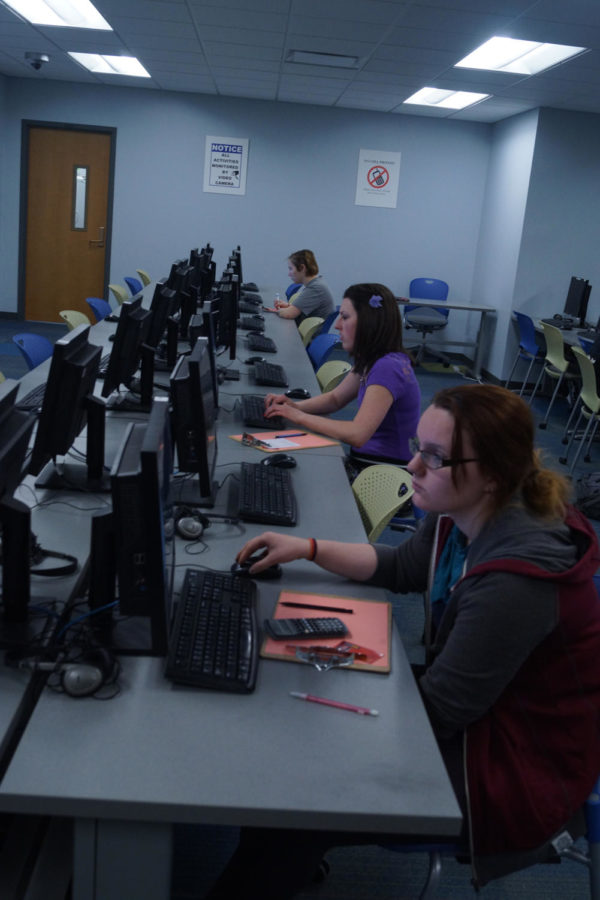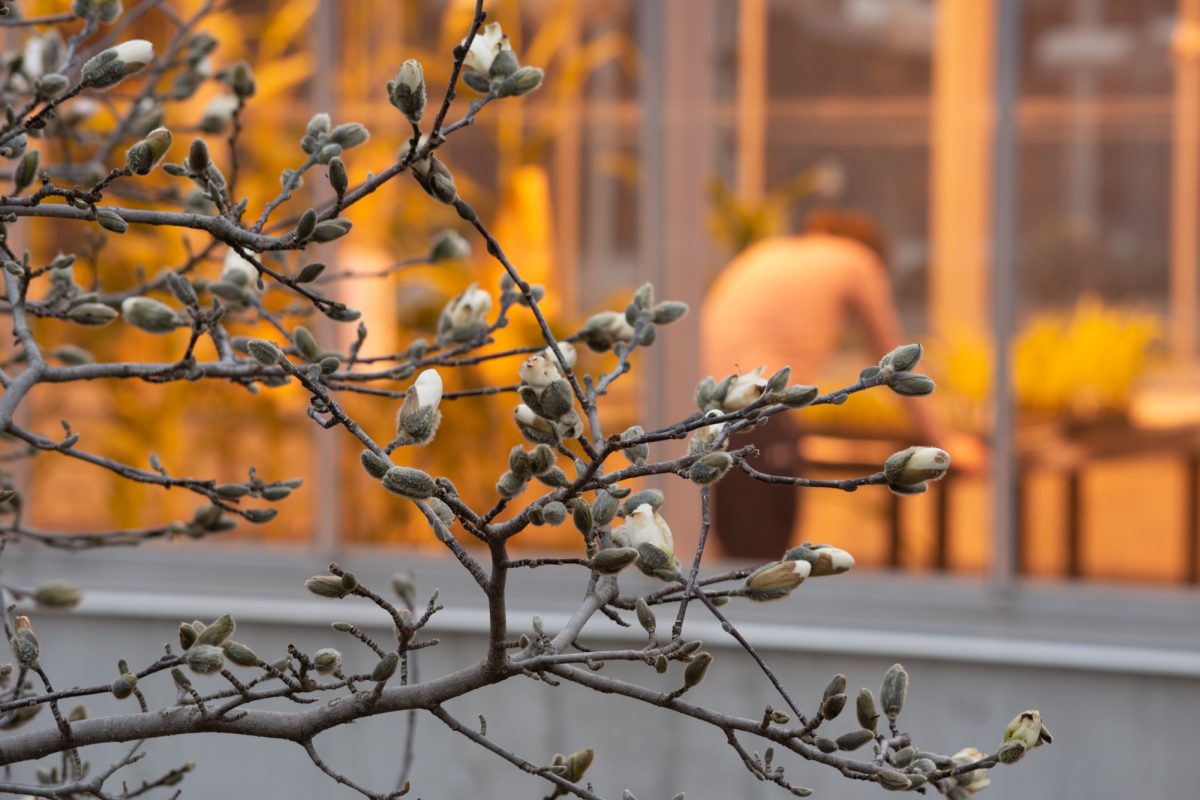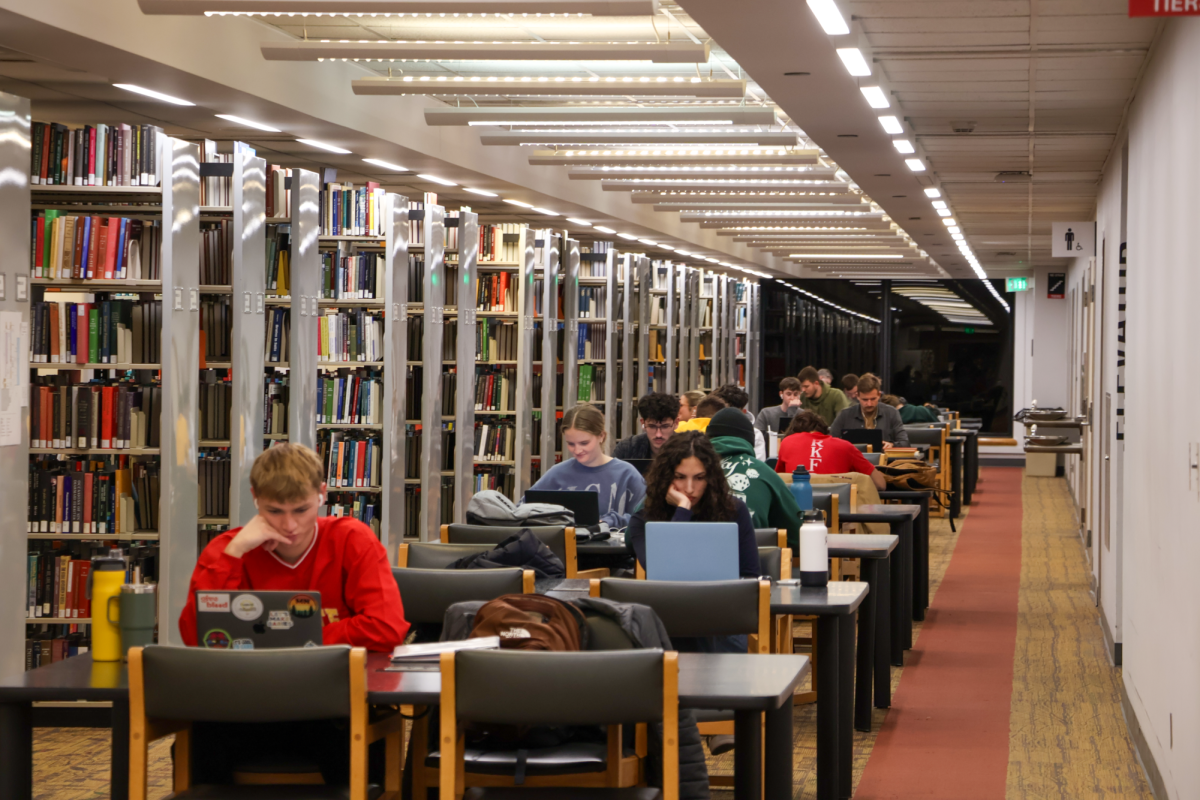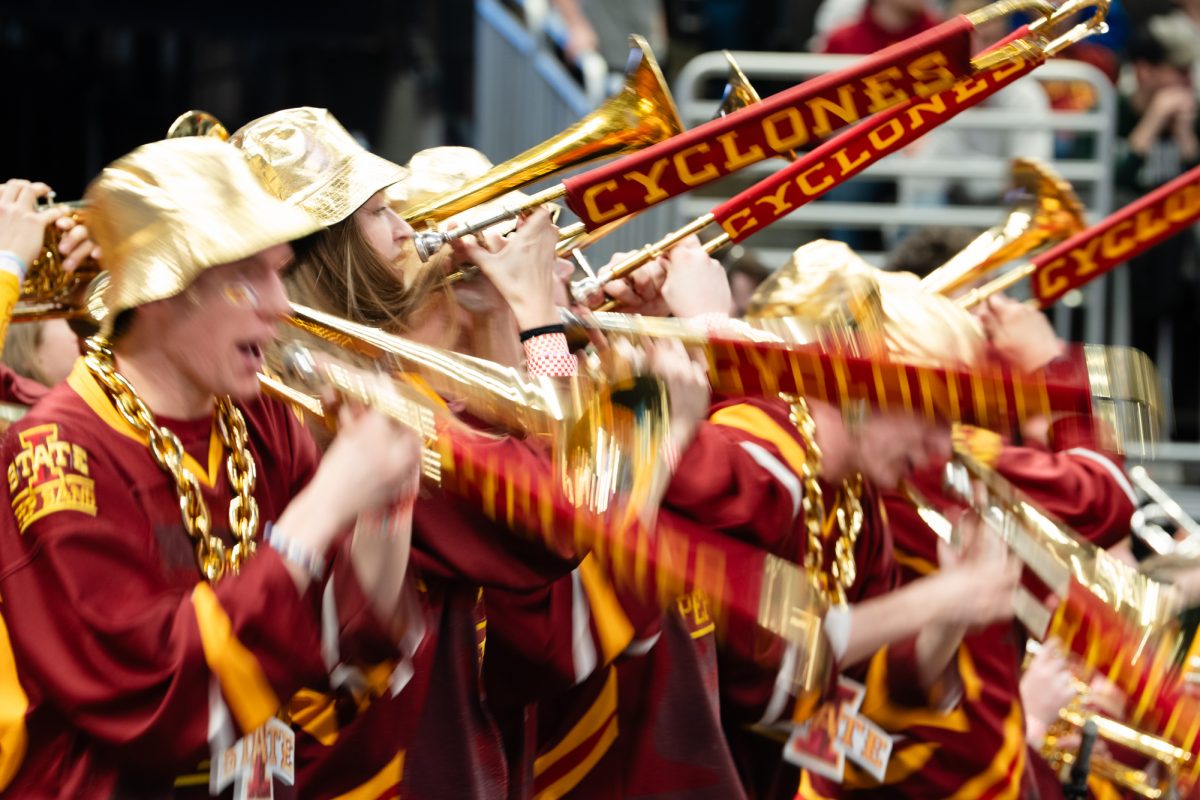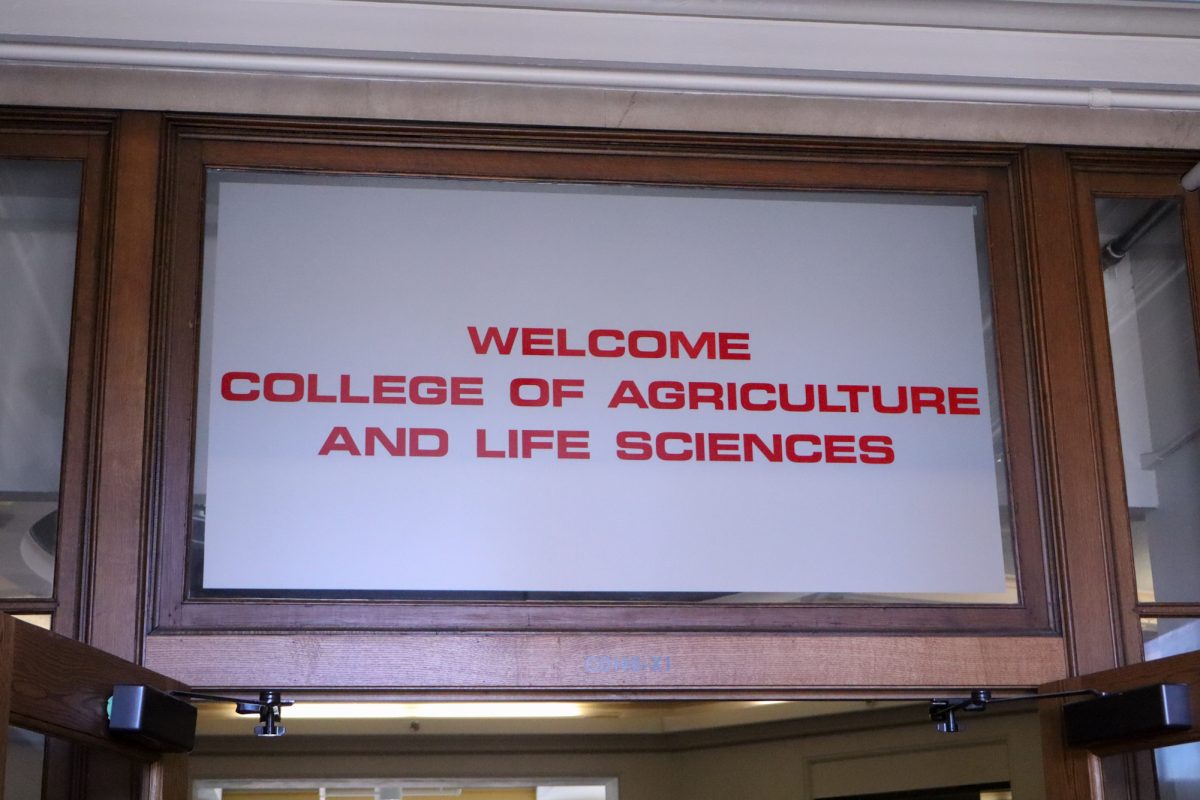Improvements made to testing centers for upcoming exams
There have been tons of improvements that have been made to the testing centers around campus in the last year because of the high demand for the testing centers.
April 30, 2015
With Finals Week looming closer than some may care to admit, students will be flocking to the testing centers on campus to take those final exams.
Between 16,000 and 18,000 exams are expected to be taken in the testing centers for the spring 2015 semester’s Finals Week. There will be six testing centers open: Carver 60, Gilman 2552, Durham 139, Carver 250, Gilman 2272 and Heady 68.
Students’ exams this semester may go more smoothly, thanks to a university committee that worked to improve the testing centers on campus.
David Holger, associate provost, said the testing centers became top priority for the Government of the Student Body and the office of the provost.
“It became obvious that the growth of students taking exams in the testing center had led to lines that were unacceptable by anyone’s standards,” Holger said.
Holger said this was because of the enrollment growth and an increase in instructors sending students to take exams at the center.
Melissa Gofforth, former director of University Affairs for GSB, was a member of the committee formed last semester. Mark Woolley, program coordinator for the Engineering-LAS Online Learning, said the project involved members from ELO, IT Solutions, student representatives and representatives from colleges, the provost office and other ISU staff and faculty. Improvements included extending the hours of the testing centers, which were open from 7:30 a.m. to 10 p.m.
This semester, the testing centers for the week of May 2 to 8 will be located at 60 and 250 Carver, 139 Durham, 2252 and 2272 Gilman and 68 Heady. The testing centers will be open Saturday, May 2 from noon to 6 p.m. and Sunday, May 3, from noon to 10 p.m. It will also be open Monday, May 3 through Thursday, May 7, from 7:30 a.m. to 10 p.m. Friday, May 8, will be open from 7:30 a.m. to 5 p.m.
Students can check the lines at www.testcenter.iastate.edu through the live camera feeds that will be posted at the testing centers.
Woolley said last semester’s Finals Week had approximately 15,500 exams in the testing centers. Of that, about 15 to 20 percent took their finals on the Saturday and Sunday before and another 15 to 20 used the satellite centers throughout the week.
Another improvement was the eight satellite centers that were open during fall semester’s Finals Week.
Gofforth said it helped alleviate the pressure on the two permanent testing centers, Gilman 2252 and Carver 60.
“Because we were able to open up capacity elsewhere, we were able to take the tension off of those two and spread out the distribution a little bit better,” Gofforth said.
Gofforth said during that week, the centers had zero lines except for the beginning of the day.
The committee for improvement in the testing centers was formed after an open forum on overcrowding that took place during mid-fall semester of 2014. Nearly 100 students took part in the forum along with most of the senior administration of the university, including President Leath and Provost Jonathan Wickert.
“The target really became fall and the goal was zero wait time,” Holger said.
Another committee has been formed to find more permanent solutions for the testing centers. Gofforth said they are continuing to work on more sustainable solutions.
“We didn’t just want to solve the problem for finals, we wanted to solve the problem for the testing centers,” Woolley said.
The MyState app has been updated to include testing center location and hours, making the information easier for students to access.
Durham 139 has been open for the students the entire semester, helping alleviate pressure on the testing centers in Gilman and Carver.
A third testing center is in the process of becoming permanent, but a location has not yet been confirmed.
Another way Gofforth said the committee found a lot of loopholes in instructors’ policies.
“We found that the professors really had no stipulation on when they had to say they were going to use the testing centers,” Gofforth said. “So the day before a test was about to start, they would tell the testing center and that could potentially cause a pileup.”
Gofforth said a policy group is working to put policies in place. These policies include deadlines for professors planning on using the testing centers.
The policy group is also looking at class sizes and why professors are utilizing the testing centers. The committee will look at making deadlines to request testing centers earlier in order to allow the staff more time to plan. Woolley said instructors with small enrollment classes may have to justify using the testing centers, rather than giving the test to students during class time.
Woolley said six testing centers will be open this semester instead of eight. The committee found there was not a lot of traffic in in the third Gilman location and the testing center in Sukup Hall.


